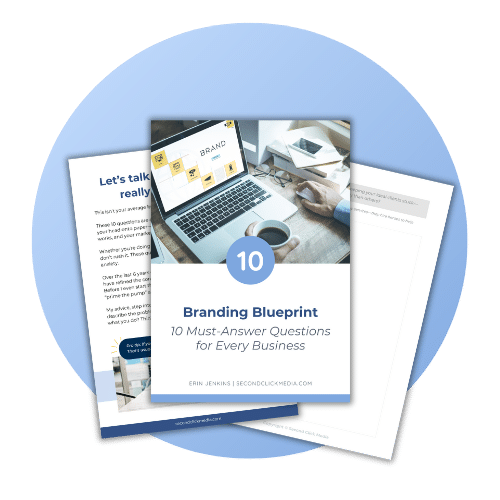Are you struggling to write website copy that connects with your target audience and motivates them to take action? Look no further than the StoryBrand framework. This game-changing approach to branding and marketing can help you craft a message that truly resonates with your customers. In this article, we’ll explore the StoryBrand script and how you can use it to create killer website copy.
Good vs Bad Website Copy
First of all, Website copy refers to the text content on a website, including the homepage, about page, product or service descriptions, blog posts, and any other written material that appears on the site. The purpose of website copy is to provide information about the business, its products or services, and to engage and persuade visitors to take action, such as making a purchase, subscribing to a newsletter, or filling out a contact form.
Good website copy is written with the reader in mind, communicates the benefits of the product or service, provides a clear call to action, and is optimized for search engines. The main focus is coming from the reader’s perspective and their needs. Bad website copy, on the other hand, is confusing, overly promotional, and fails to communicate the message effectively. Often companies highlight what they do, who they are, and why people need them while leaving out everything about the client and their needs. We have all been there, right?
What is the StoryBrand brandscript?
So, what is the StoryBrand brandscript exactly? It’s a marketing and branding approach that’s based on the simple idea that people respond better to stories than to facts and figures. The StoryBrand brandscript helps businesses clarify their message and communicate it in a way that truly resonates with their target audience.
The brandscript consists of seven key elements:
- Character: The customer is the hero of the story, not the business.
- Problem: The hero has a problem that they need to solve.
- Guide: The business positions itself as the guide that can help the hero solve their problem.
- Plan: The guide offers a plan to help the hero solve their problem.
- Call to Action: The hero is called to take action to solve their problem.
- Success: The hero achieves success by taking the action and solving their problem.
- Failure: The hero faces failure if they do not take action.
By using these elements, businesses can create a clear and compelling message that resonates with their target audience and motivates them to take action.
So, how can you incorporate the StoryBrand brandscript in writing your website copy?
Here are some tips:
- Identify your customer’s problem: Start by identifying the problem that your target audience is facing. What are their struggles and pain points?
- Position yourself as the guide: Once you’ve identified the problem, position your business as the guide that can help the customer solve it. Focus on the benefits that your product or service provides, rather than its features.
- Offer a plan: Provide a clear plan of action for the customer to follow. This could be a step-by-step guide or a call to action that encourages them to take the next step.
- Create a clear call to action: Make sure your website copy includes a clear call to action that motivates the customer to take the desired action, such as signing up for a newsletter or making a purchase.
- Focus on the customer’s success: Communicate the benefits and outcomes of taking the desired action. Show how the customer’s life will be better after they’ve solved their problem.
- Highlight the consequences of failure: Finally, communicate the negative outcomes that the customer could face if they do not take action. This helps create a sense of urgency and motivates the customer to take action.
How to use the framework to build out your website content
At Second Click Media, we believe in the power of the StoryBrand Brandscript to craft compelling and effective website copy. By leveraging this framework, we’re able to create a homepage that not only captures the attention of our visitors with a unique and irresistible value proposition but also guides them towards taking action.
We make it clear and easy for our audience to know what steps to take next, so they can engage with our brand and get the solutions they need. If you are interested in the steps we take to build out the homepage layout, check out “5 Questions Your Homepage Should Answer.”




